Are you fascinated by the Earth's natural history? These are the geology museums you should visit in Rhineland-Palatinate:

Natural History Museum Mainz
MainzThe Natural History Museum of Mainz, located in Rhineland-Palatinate, is the largest of its kind in the region. The museum's focus is on biology and Earth sciences, not only in Rhineland-Palatinate but also in Rwanda, which has been a partner country of the museum and the state since 1982. This partnership provides a unique perspective and enriches the museum's collection and exhibitions.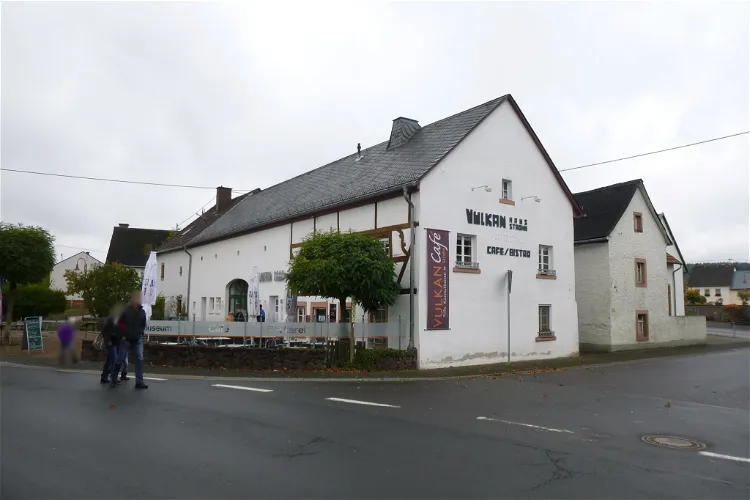
Vulkanhaus Strohn
StrohnThe Vulkanhaus Strohn museum offers a variety of features to enhance the visitor's experience. These include walk-through experience rooms that provide a hands-on understanding of volcanic phenomena, information boards that offer detailed explanations, and graphics that help visualize complex processes. Additionally, the museum showcases large photos of active volcanoes, offering a glimpse into the raw power and beauty of these natural wonders.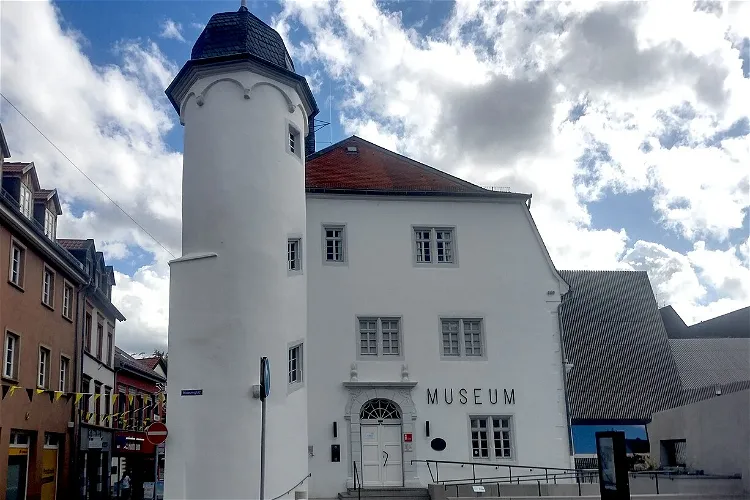
Museum Alzey
AlzeyThe Museum of the City of Alzey, a local history museum, was established in 1906 by the Antiquities Association for Alzey and its surroundings. The museum's mission is to explore the history and natural conditions of Alzey and its surroundings, collect and preserve antiquities and natural objects, and exhibit them.
Lava-Dome
MendigThe Lava-Dome is not just a museum but also a science center where visitors can explore geological and volcanological phenomena themselves. This interactive feature allows visitors to gain a hands-on understanding of the processes that lead to volcanic eruptions and the workings of the Earth's interior. It's an engaging way to learn about the science behind volcanoes.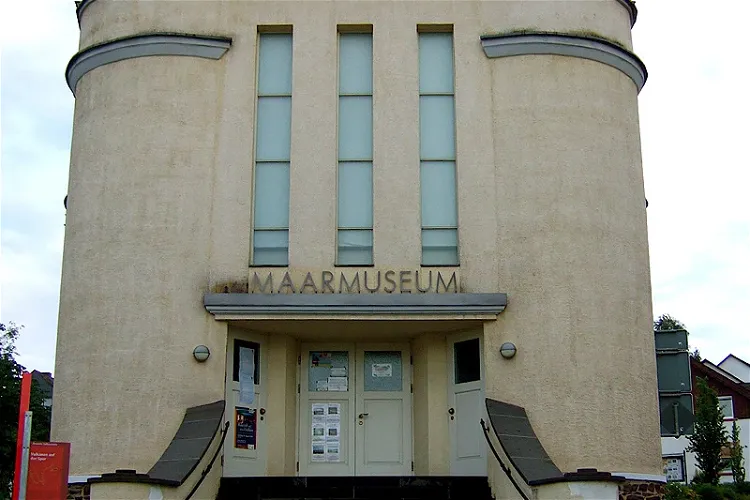
Maar Museum
ManderscheidThe Maar Museum in Manderscheid, located in Rhineland-Palatinate, is dedicated to showcasing the vast natural diversity and international importance of the Eifel Maars. These geological features hold significant value for both the scientific community and the region itself. The museum's exhibits aim to provide visitors with a comprehensive understanding of these unique natural formations.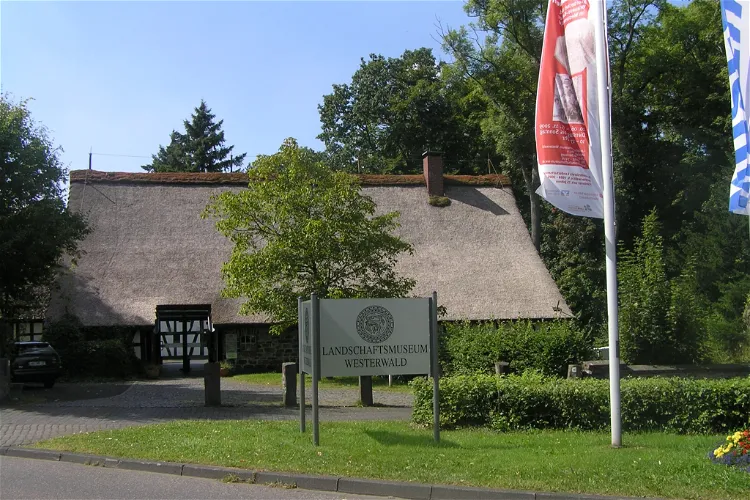
Landschaftsmuseum Westerwald
HachenburgThe Landschaftsmuseum Westerwald is a quaint open-air museum situated in the scenic town of Hachenburg in the Westerwaldkreis region. This museum offers a unique opportunity to explore the rich history and culture of the Westerwald area in an immersive outdoor setting.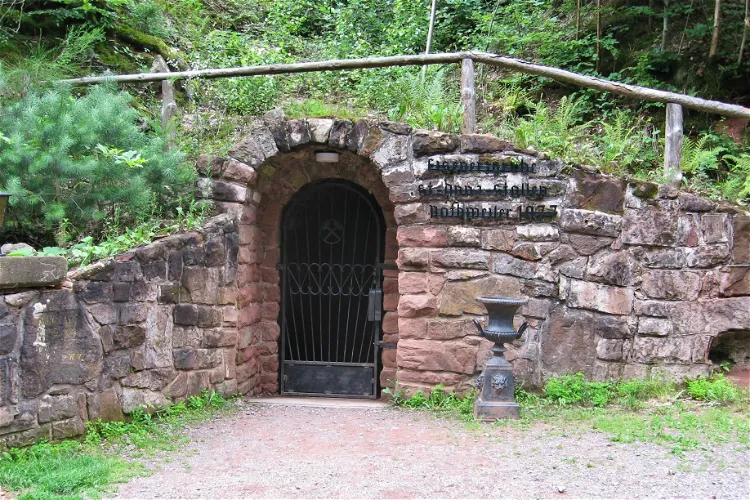
Besucherbergwerk St. Anna Stollen
NothweilerThe St. Anna Stollen is a show mine located in Nothweiler, Rheinland-Pfalz. This former iron ore mine is now a protected cultural monument. It offers a unique opportunity to explore the history of mining in the region and to learn about the geological processes that led to the formation of the iron ore deposits.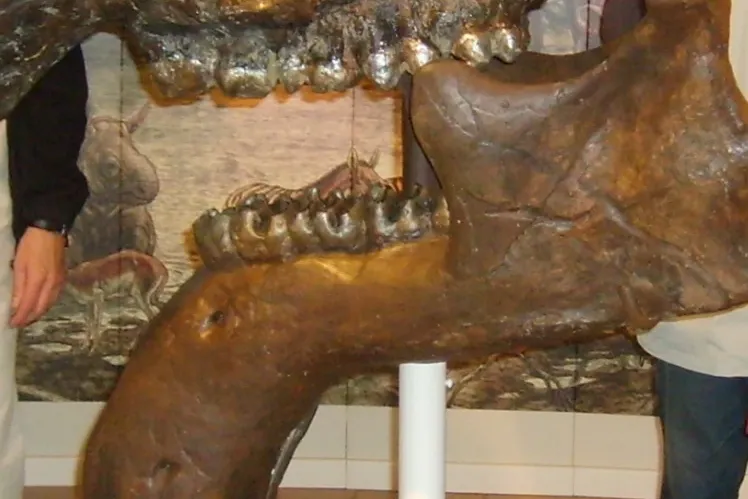
Dinotherium Museum
EppelsheimThe Dinotherium Museum, located in Eppelsheim, Rheinhessen, is a small natural history museum. It displays original finds and replicas of fossil mammals that were discovered in the deposits of the ancient Rhine, known as the Eppelsheim Formation. These deposits date back approximately 15 to 10 million years.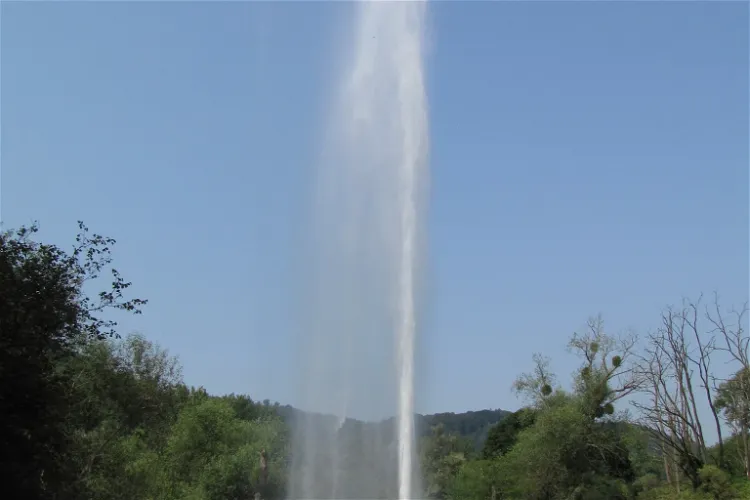
Andernach Geyser
AndernachThe Andernach Geyser, located on the Namedy Peninsula in the Rhine near Andernach, is recognized as the highest cold-water geyser in the world. It is capable of reaching impressive heights of 30 to 60 metres. This unique natural phenomenon was first bored in 1903 and has since become a significant tourist attraction.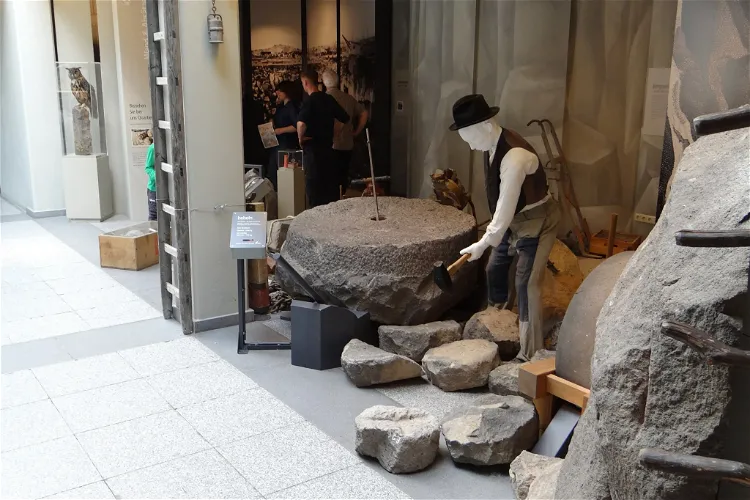
Erlebniswelten Grubenfeld
MayenThe Erlebniswelten Grubenfeld Museum in Mayen offers a unique insight into the history of basalt mining, dating back to the Neolithic Age. This museum is a part of the Vulkanpark, which consists of six museum facilities. It provides a comprehensive overview of the mining history over the past 7000 years, making it a fascinating destination for those interested in geology and history.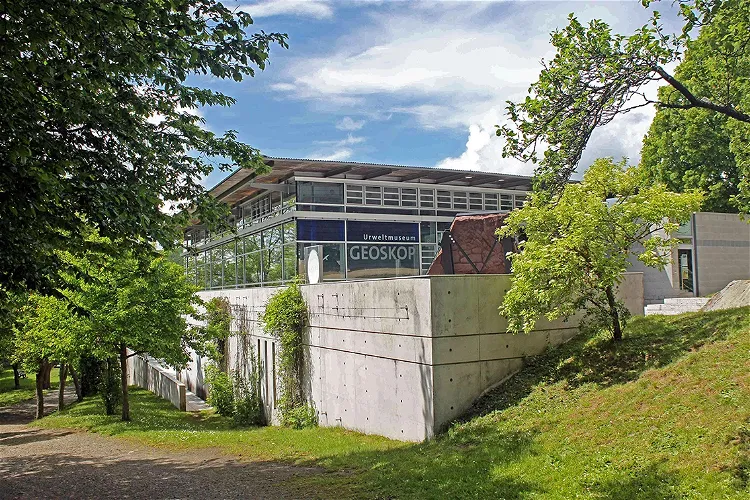
Urweltmuseum Geoskop
ThallichtenbergThe Urweltmuseum Geoskop is a natural history museum that focuses on the geological history of the Palatinate region. It is situated at Burg Lichtenberg near Thallichtenberg, in close proximity to the western Palatinate county town of Kusel in Rhineland-Palatinate. Since its opening in 1998, it has become the largest information center for the geology of this region.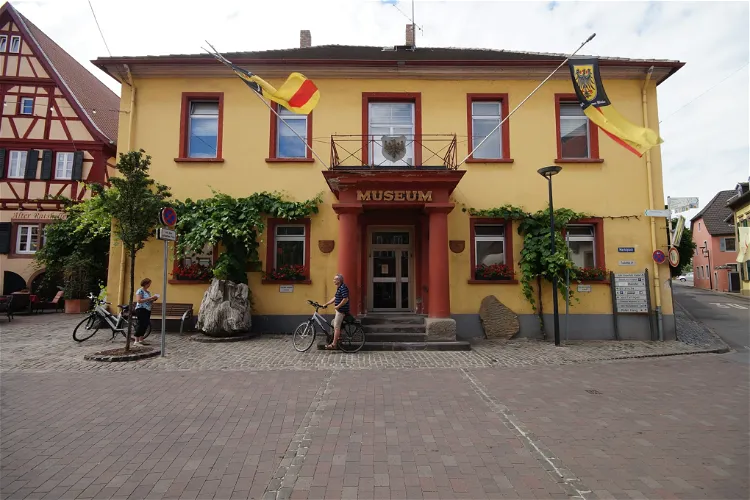
Paläontologisches Museum
NiersteinThe Paläontologische Museum Nierstein, founded by amateur paleontologist Arnulf Stapf, is home to approximately 2,000 fossils from various epochs. This collection provides a unique opportunity for visitors to explore the history of life on Earth through these preserved remains.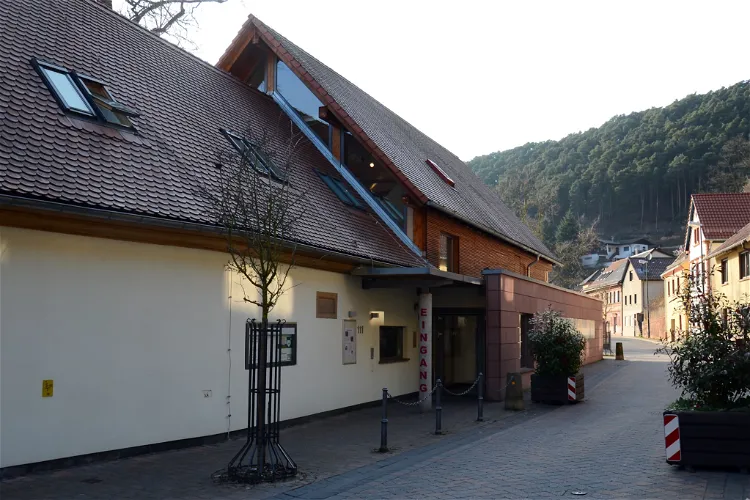
Palatinate Museum of Natural History
Bad DürkheimThe Palatinate Museum of Natural History is situated in the Anterior Palatinate county town of Bad Dürkheim in the German state of Rhineland-Palatinate. It also has a branch known as the GEOSCOPE Prehistoric Museum located at Lichtenberg Castle near the West Palatine county town of Kusel. Both establishments are managed by the Palatinate District Association, the town of Bad Dürkheim, and the counties of Bad Dürkheim and Kusel.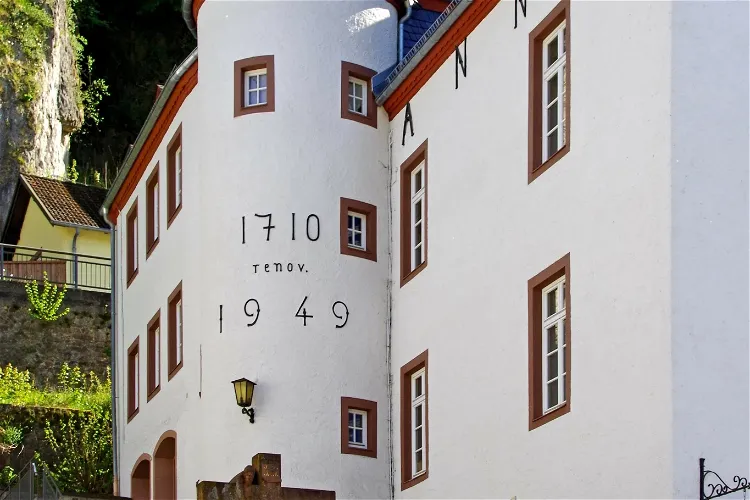
Naturkundemuseum
GerolsteinThe Naturkundemuseum Gerolstein, located in the old town center of Gerolstein in the Vulkaneifel district in Rhineland-Palatinate, is the largest and oldest Geomuseum in the Eifel region. It is situated directly below the Löwenburg, adding to its historical charm and significance.- 15
Hunsrückmuseum
Simmern/HunsrückThe Hunsrück Museum Simmern, located in the New Castle in Simmern, is the regional museum of the city. It houses a variety of collections that provide insights into the city and regional history. One of the highlights of the museum is its noteworthy fossil collection, which offers a unique glimpse into the region's geological past.